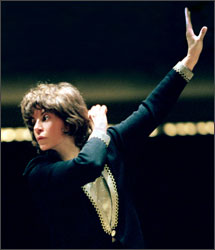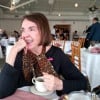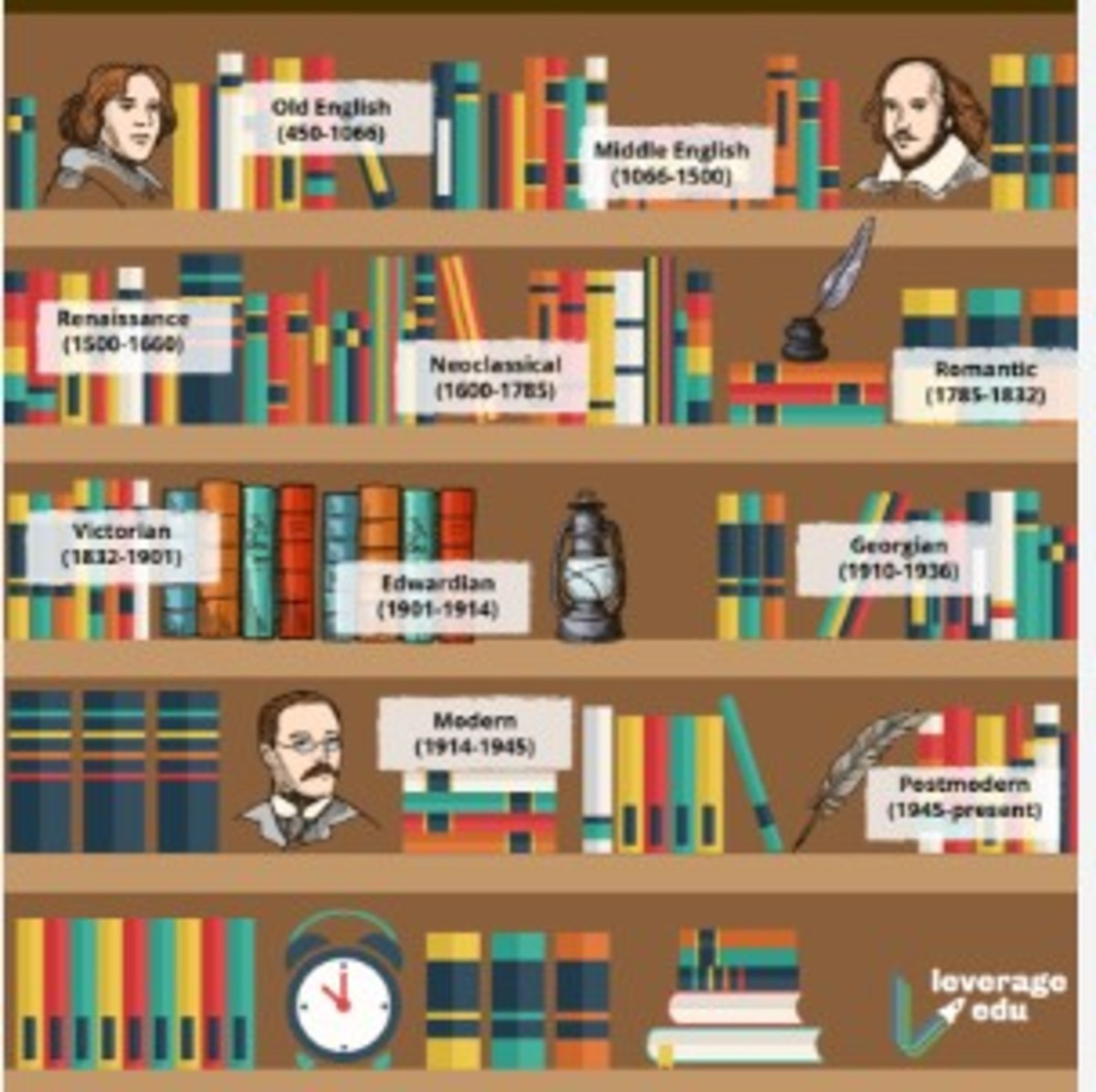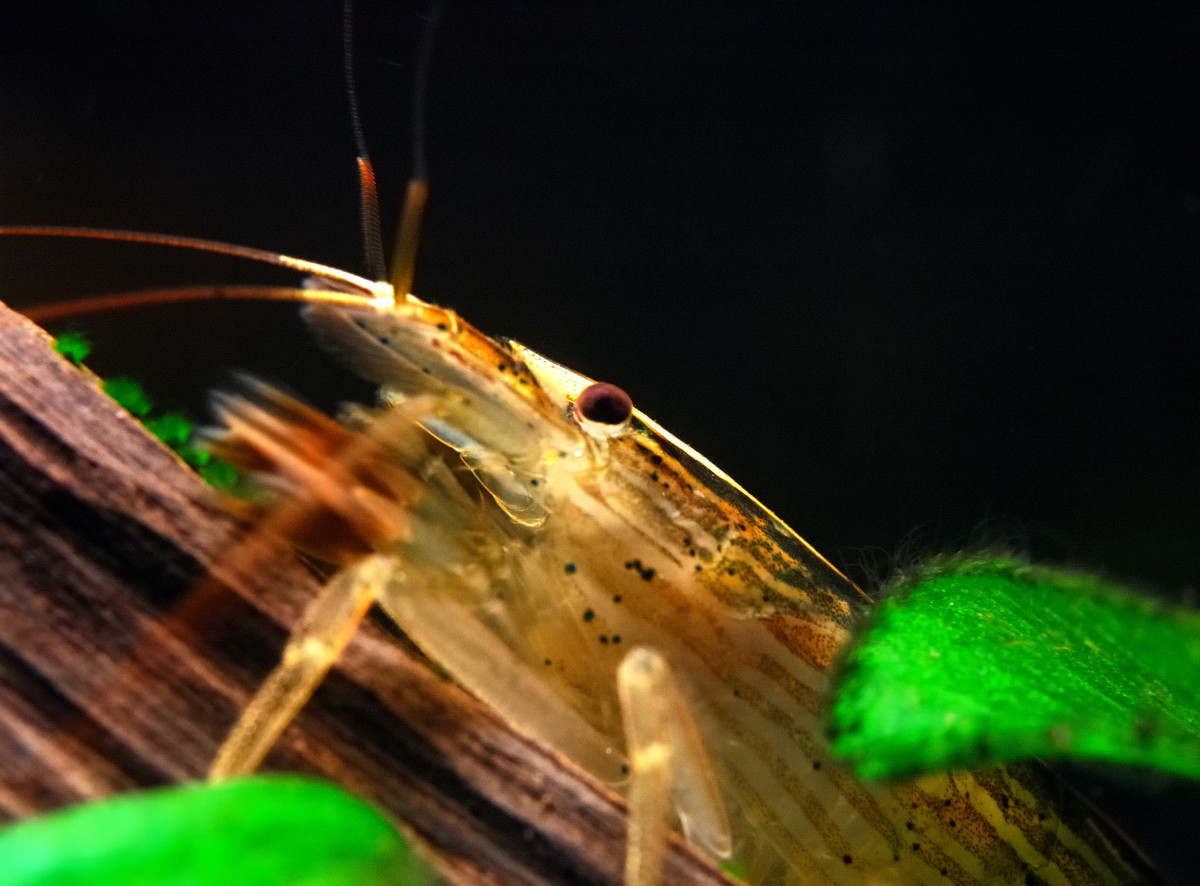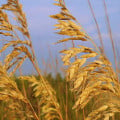The emergence of women as serious artists
Why have women writers, artists, and musicians had such a hard time being taken seriously?
For years, "artist" wasn't a respectable profession for anybody , male or female, until the Italian Renaissance. Even then, most parents would not have chosen an artistic endeavor as a profession for their children. Artists have always been an enigma to most people, who don't realize that they engage in hard and noble work. Still, long after "artist" was an acceptable career choice for men, it remained outside the sphere of respectable women.
This may have had something to do
with the occasional nudity in drawing classes, or the occasional
partying. Or it could have been the independent thinking that might had
been present in women writers, which was discouraged by society until
the 20th century. or in musicians, who may have favored the company of
the wrong kind of people . The end result was that males got a huge
head start on becoming famous artists of any kind.
Art
is one of the most rewarding endeavors a human being can pursue; but it
is all consuming and extremely demanding in terms of time and
concentration. To create it spectacularly a person needs to eat, sleep
and breathe it, which means a lot of other things may be neglected,
temporarily or totally; such as, raising children and parenting, both
of which take a phenomenal amount of physical labor and do not leave a
lot of free time, let alone free time during which the brain is
bursting with creativity.
It's a matter of choices. A female artist can concentrate on art or
take care of other people, but it's nearly impossible to do both at the
same time. Why do you think Grandma Moses blossomed so late?
Jane Austin

Women writers
After watching the movie "Becoming Jane", about a determined woman writer named Jane Austin, I was reminded again of the obstacles set up by society that have prevented women from enjoying the same professional lives pursuring the arts as men. Austin, who wrote during the Victorian period, is actually the only woman who earned a place in the the list of literary works defined as "classic literature".
It wasn't
until the 19th century that women writer's such as Emily and Charlott
Bronte, Elizabeth Gaskell and George Elliot were added to the list. Recent
historical research has revealed that many women were writing when Jane
Austen was alive, but their work was not considered worthy enough, by
male critics, to have been preserved for the future. In actuality, women had been writing professionally for over a century before Jane Austen.
Female authors in Jane Austen's time faced a number of obstacles. The opinion of society was that women should treat writing as a hobby and concentrate on their domestic duties as a wife, mother, daughter or sister. There was also the risk of spoiling a good reputation. It made it difficult for women to take themselves seriously as writers. Today, women still face the obstacle of taking themselves seriously as writers.
These obstacles may be only subtly present and barely
recognizable in their social reality, but they are strongly reinforced
by social attitudes that tell women that their only really serious job
in the world is taking care of other people. And, there is still the
spoken and unspoken belief that only men can be great artists. When the
work of women writers is hailed for its excellence, it is always,
perhaps unconsciously, viewed as an exception.
Women painters
These attitudes were not only prevelant when it came to women writers,
but were directed towards women artists as well. I've often wondered , as others have, why more women artists aren't
represented in major museums. Art historians and museum curators have
offered several possible reasons: nice girls must guard their
reputations, women artists are not taken seriously enough, and women
artists tend to multitask. They are the very same reasons why women
writers were not taken seriously, but at least writers have had a
better time of gaining reputation and being preserved than women
artists.
Mary Cassatt, self portrait
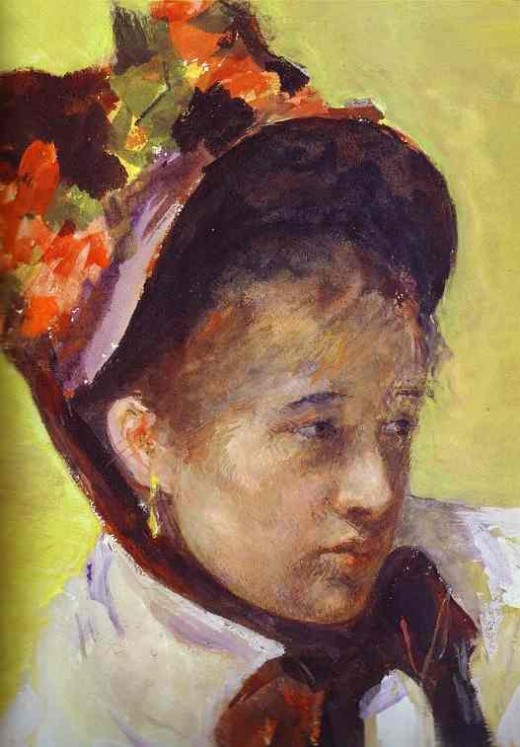


Berthe Morisot
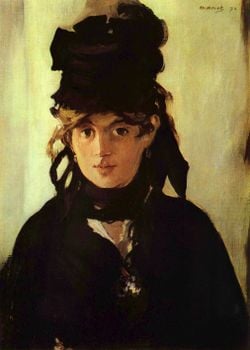
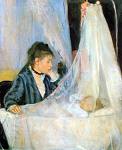
Another women artist who struggled with the fact that she was a women was Berthe Morisot, 1841-1895. She also painted during the 19th century and was a member of the circle of artists in Paris at that time who became known as the impressionists.
Her membership in this famous group of male artists was probably due to the fact that she was married to Eugene Manet, the brother of Edouard Manet, a well known French impressionist and member of the group. However, it is believed that she eventually gained their respect for her art in its own right. Although she was undervalued for over a century because of her gender, she is now considered among the first league of Impressionist painters.
Women musicians
Most well-known women performers of music are singers, rather than
instrumentalists. They are singers of either opera or popular music,
such as jazz, blues, soul country, and rock. Very few classical
instrumentalists, composers and conductors are well known. As early as the 18th
century, sopranoes were recognized, honored and respected for
their talents, but it was considered unacceptable and inappropriate, at
that time, for women to play any kind of instument or spend their time composing. They were limited
to singing.
In
the 19th century, Clara Schuman wrote: "Composing gives me great
pleasure...there is nothing that surpasses the joy of creation, if only
because, through it, one wins hours of self-forgetfulness when one
lives in a world of sound." Schumann was probably the first women
accepted into the predominantly men's world of music, during that
period.
One hundred years later, Galina Ustvolskya composed twenty one
works, including symphonies, sonatas and chamber pieces in Leningrad, Russia . She was a student of Shostakovich and one of the very few who
have been recognized as legitimate classical composers. She lamented "
Can a distinction really be made between music written by women and
music written by men...I am of the opinion that such a division should
not be allowed to persist."
Hope for the future
Although, we have seen a slight change in this state of unequal opportunity over the past 50 years, the majority of women in classical music still remain opera singers, rather than composers, conductors and instrumental soloists. Hopefully, the barrier that women have had to battle to take their rightful place in the field of classical music is slowly erroding and women are achieving more than ever.
Where nineteenth and twentieth century women writers, artists, and
classical musicians have had to remember their "place" is in the home,
society has evolved to the point where a public career in the field of
serious art, writing and classical music is now a possibility. In the
past, a women who tried to become an artist in her own right was
ridiculed and censured. But today, some women have broken through the
barriers and gone on to public acceptance, despite these obstacles.
Marin Alsop, recently appointed conductor with the Baltimore Symphony Orchestra
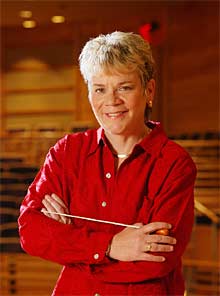
JoAnn Fallett, conductor and musical director of the Buffalo Philharmonic Orchestra
